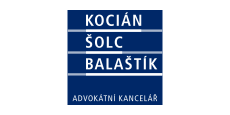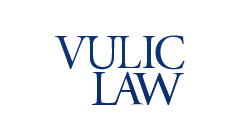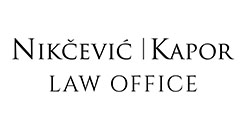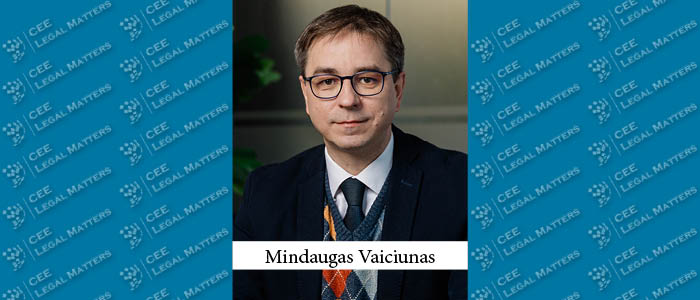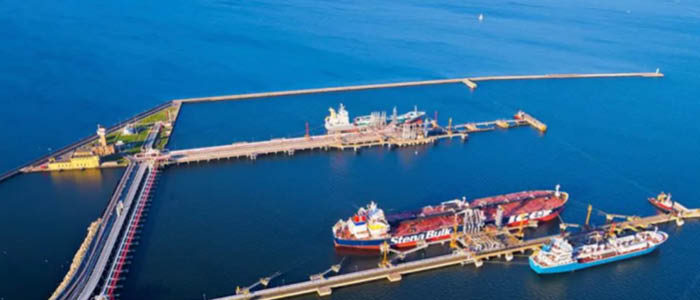Implementation of large-scale real estate development projects almost always requires the simultaneous development of new or upgrades to existing public infrastructure necessary for the unimpeded use of the main project. Back in the old days, real estate development projects suffered, from time to time, from slow public infrastructure development since the relevant public authorities either had no interest in or had no available funds to develop the missing infrastructure.
Serbia’s Planning and Construction Act has provided investors with the opportunity to participate in the development of public infrastructure needed for their projects such as roads, public lighting, and water and sewerage networks. To achieve this, they can conclude an agreement with the municipality (or competent municipal public company) and agree on, inter alia, which works and designs the investor will procure, and what value the municipality will attribute to them. These agreements escape the rigid PPP and public procurement procedures.
In order to conclude such an agreement, the investor needs to submit a proposal for financing the public infrastructure development to the municipality, and the municipality must respond to it within 15 days. If the municipality accepts the proposal, the investor and the municipality need to conclude an agreement containing elements specified in the law.
Benefits for the investors in such arrangements are manifold. For one thing, such agreements escape the generally applicable and quite strict public procurement and public-private project procedures, thus significantly shortening the time required to commence work. For another, the investor takes control of the designing and development of the public infrastructure (of course, subject to the municipality’s approvals and supervision rights), thus securing itself the luxury of knowing when the relevant land will have the required level of infrastructural development that would enable it to implement its projects. This further allows the investor to retain an important level of control over the quality of work on the public infrastructure, which is one of the prerequisites for the proper use of its future project.
Finally, the value of the work and designs provided under such an arrangement (to the extent recognized by the municipality) would be set off against the development fee owed to the municipality – thus giving the investor a sense that the development fee is actually being invested in the development of public infrastructure that the investor, who is paying for it, can actually see and utilize.
Practice has also shown several points investors should be aware of if they opt for developing the required public infrastructure in this manner.
First, if the investor spends more money on infrastructural development than the municipality has agreed on, it will not be able to claim back any extra money nor set off such extra money against the development fee.
Second, the municipality retains a significant amount of involvement and control over the process: designs have to be approved by it, agreements with contractors require its sign-off, work is overseen by its supervisory body, the investor is in general required to cooperate with it, and so on.
In addition, the lack of public auctions and transparency in this procedure increases the risk that the municipality/public company could impose its favored contractor on the investor for the purpose of public infrastructure development – potentially exposing the investor to corrupt activities.
Finally, since the agreement is concluded at an early stage of the process, the value of work and designs will most probably be an estimate, meaning that annexes to the agreement would be required at some point. This opens up space for stalling and additional dependency on the municipality’s will, which is an unwanted uncertainty for any investor.
All in all, the option of joint infrastructural development can be seen as a sui generis public-private co-operation model, one that is already providing results in practice, both in Belgrade and in other areas of the country. As an outcome, investors, the municipality, and the general public can enjoy the benefits of this model, since they all get the new infrastructure they need in a much faster and investor-friendly manner. However, investors need to be extremely cautious when implementing this model, because if the risks are not properly weighed and managed the negative impacts may overwhelm the positive ones.
By Milan Dakic, Partner, BDK Advokati
This Article was originally published in Issue 5.3 of the CEE Legal Matters Magazine. If you would like to receive a hard copy of the magazine, you can subscribe here.









